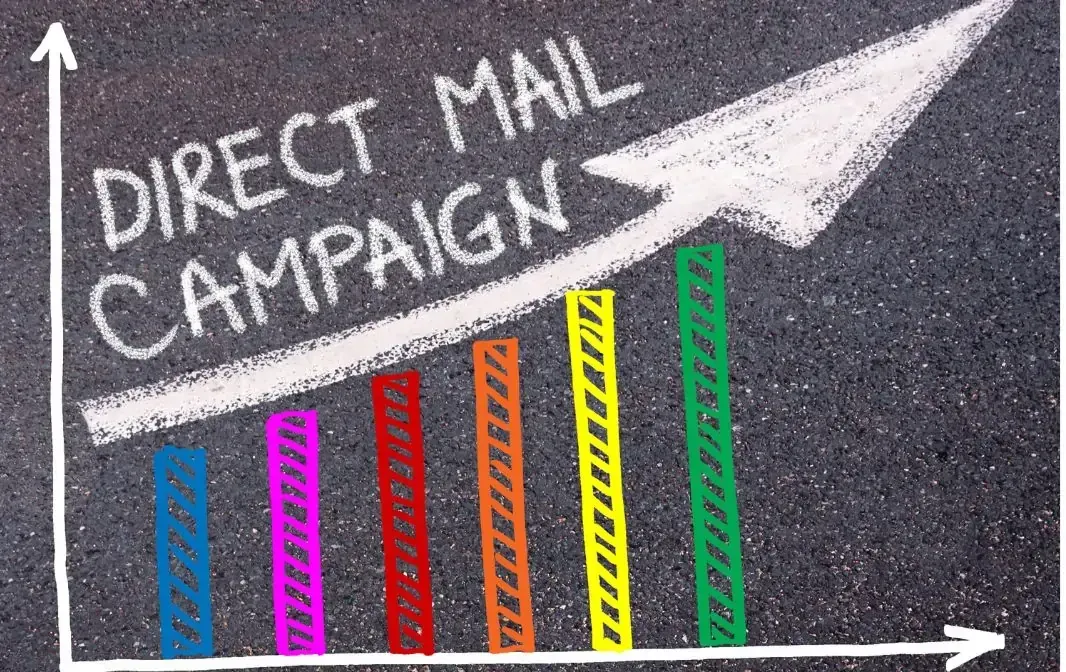Effective Retargeting Strategies for Dental Practices to Boost Patient Engagement

Retargeting ads have evolved into a powerful strategy for dental practices focused on increasing patient engagement, improving conversion rates, and maximizing ROI. By implementing retargeting, understanding the setup process, and leveraging industry success stories, dental offices can greatly enhance their marketing effectiveness. This guide dives deep into retargeting for dental practices, including step-by-step setup instructions and examples that illustrate successful campaigns.
What is Retargeting?
Retargeting, also called remarketing, is a digital marketing strategy that targets individuals who have previously visited your website or engaged with your content. Retargeting places ads in front of these potential patients as they navigate other websites, social media platforms, or even while searching for services online. These ads serve as a reminder of your services, encouraging potential patients to return to your site and book an appointment.
With healthcare choices often requiring considerable consideration, retargeting provides a valuable touchpoint for reminding prospective patients about your dental practice and the services you offer. By keeping your practice top-of-mind, you can bridge the gap between interest and action.
Benefits of Retargeting for Dental Practices
Implementing retargeting ads can be especially impactful for dental practices due to several unique advantages:
- Increased Patient Engagement: Retargeting keeps your practice visible for potential patients who have shown interest but haven’t yet scheduled an appointment.
- Higher Conversion Rates: Since retargeting ads are shown only to users who already interacted with your website or content, they are more likely to result in conversions.
- Cost-Effective Marketing: Compared to traditional advertising methods, retargeting ads often yield a better ROI because they target an audience already familiar with your brand.
- Enhanced Brand Recall: Regular exposure to your practice's ads helps build familiarity and trust, making your services more memorable when patients are ready to book an appointment.
By consistently reminding potential patients of your practice, retargeting ads increase the likelihood that these individuals will return and convert.
How to Set Up a Dental Retargeting Campaign
Creating an effective retargeting campaign for a dental practice involves several key steps. Let’s break down each component for setting up a successful strategy.
Step 1: Define Your Target Audience
To maximize the effectiveness of your retargeting campaign, start by defining specific segments of your audience. Here are some common groups to consider:
- Website Visitors Who Did Not Book an Appointment: Target users who have viewed your service pages or general practice information but left without scheduling.
- Appointment Abandoners: Reach individuals who began the booking process but didn’t complete it, providing them with an extra nudge to finalize their appointment.
- Past Patients: Re-engage patients who haven’t visited in a while, using retargeting ads to promote check-ups or new services.
By defining your audience carefully, you can ensure that your ads reach individuals who are most likely to convert into loyal patients.
Step 2: Choose the Right Retargeting Platform
Selecting a platform that aligns with your campaign goals and budget is crucial for success. Some top platforms for dental retargeting include:
- Google Ads: Google’s Display Network reaches millions of websites, allowing ads to appear on popular sites that prospective patients may visit.
- AdRoll: Known for its user-friendly interface and strong support for small to medium-sized businesses, AdRoll offers retargeting across display, social, and email channels.
- WordStream: This platform provides detailed insights and robust optimization tools, which help maximize ad performance and ROI for dental practices.
Each platform offers different advantages; evaluate each to determine which best meets your practice’s needs and budget.
Step 3: Install the Retargeting Pixel on Your Website
The next step is to set up a retargeting pixel. A pixel is a small snippet of code that tracks visitors to your site, allowing you to retarget them later with ads. Most platforms, like Google Ads or Facebook, provide their own pixel code, which you’ll need to install on key pages of your site (such as service pages or the appointment booking page).
The pixel gathers valuable data on visitors, including which pages they viewed and how long they stayed. This data allows you to create tailored retargeting ads that align closely with their interests and actions.
Step 4: Design Engaging and Compelling Ad Content
The content of your ads should be visually appealing, relevant, and designed to prompt action. Use clear calls-to-action (CTAs) that encourage potential patients to take the next step, whether it’s scheduling a consultation, claiming a discount, or signing up for a new patient special. Here are a few ideas for effective ad content:
- Highlight Popular Services: Feature services like teeth whitening, dental implants, or orthodontics that might attract attention.
- Promote New Patient Specials: For example, offer a discount on the first consultation or free exams for new patients.
- Showcase Your Unique Selling Points (USPs): Emphasize what makes your practice stand out, such as a family-friendly environment, advanced technology, or flexible scheduling options.
Use high-quality images, a professional design, and concise text. Your ads should feel warm, professional, and trustworthy to appeal to potential patients.
Step 5: Monitor and Optimize Your Retargeting Campaigns
Once your campaign is live, continuous monitoring is key. Track important metrics to assess the campaign’s performance and identify areas for improvement:
- Click-Through Rate (CTR): Measures how well your ads are capturing interest. A high CTR suggests your ads are engaging, while a low CTR may mean the ad copy or design needs adjustment.
- Conversion Rate: Tracks the number of clicks that turn into completed appointments or inquiries. This is a critical measure of campaign effectiveness.
- Return on Ad Spend (ROAS): Indicates the revenue generated from each dollar spent on ads. It’s an essential metric to determine the profitability of your campaign.
Regularly review these metrics to ensure your campaign performs optimally. Making adjustments based on data can help you achieve better results, refine your targeting, and maximize your ad spend.
Success Stories: Retargeting Ads in Action for Dental Practices
Case Study 1: Increasing Appointment Bookings with Google Ads
A dental practice specializing in cosmetic dentistry utilized Google Ads to retarget users who visited their website's teeth whitening and dental implant pages. By offering a new patient discount on these services, they saw a 25% increase in appointment bookings within the first month. With the Google Display Network’s extensive reach, the ads helped the practice reach potential patients throughout the web.
Case Study 2: Boosting Engagement with Facebook Retargeting
A family dental practice used Facebook retargeting to promote back-to-school dental check-ups, targeting parents who visited their website over the summer. This seasonal approach resulted in a 30% increase in appointments from past website visitors, helping the practice fill up its fall schedule effectively.
Case Study 3: Re-engaging Inactive Patients with AdRoll
A practice specializing in orthodontics used AdRoll to re-engage patients who hadn’t visited for over a year. By offering a limited-time discount on Invisalign consultations, the practice was able to bring in 15% of its lapsed patients, creating renewed engagement and building a foundation for ongoing patient relationships.
FAQs
Q1: How often should I review my retargeting campaign performance?
A: Aim to review performance at least once a week to make timely adjustments and improvements.
Q2: What offers work best in retargeting ads for dental practices?
A: New patient discounts, free consultations, and seasonal promotions (like back-to-school checkups) tend to be highly effective.
Q3: Can retargeting be tailored for specific services like cosmetic dentistry?
A: Absolutely. Retargeting ads can be customized to promote specific services, such as cosmetic dentistry, orthodontics, or dental implants, based on the user’s previous interactions on your site.
Retargeting ads are highly effective for dental practices to drive patient engagement, conversion rates, and overall practice growth. Here are the main points to keep in mind:
- Effective Strategy for Engagement: Retargeting allows you to reach individuals who have already expressed interest in your practice, making it an ideal tool for increasing patient engagement and retention.
- Streamlined Setup Process: Defining your audience, choosing the right platform, installing a pixel, designing engaging ads, and monitoring performance are essential steps for a successful retargeting campaign.
- Gain Inspiration from Success Stories: Learning from other dental practices can provide valuable insights and help you refine your retargeting approach.
Retargeting ads are a powerful way to enhance patient engagement, re-engage past visitors, and build a more loyal patient base. By following these steps, dental practices can implement a cost-effective retargeting campaign that drives patient engagement, improves conversion rates, and supports long-term growth. Get started today and watch your practice flourish with the power of retargeting.






















